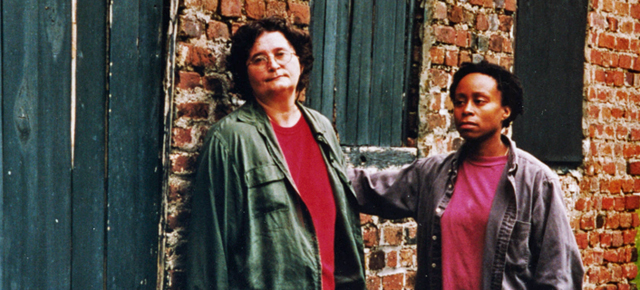
Loyalties: A Trip Down Slavery Lane
Loyalties: A Trip Down Slavery Lane
“Do you remember the days of slavery?” tirelessly asks Jamaican reggae singer Burning Spear in his 1976 song Slavery Days. It’s a good question, and one that Loyalties, one of the thorniest, most perplexing documentaries I’ve watched in a while, raises sharply.
The story goes like this. In quaint Halifax, Nova Scotia, 2 women – one older and white (Ruth) and one younger and black (Carmelita) – end up crossing paths through their respective work in a local museum.
Talking about this and that, they soon come to find they have more in common than they ever thought possible. Both women have roots in South Carolina, for one thing, and during slavery, Carmelita’s family used to belong to Ruth’s, for another.
I don’t know what a normal reaction to such an explosive piece of news might be, but the 2 women follow up with an explosive decision all of their own: they decide to jump a plane and go find out more – together.
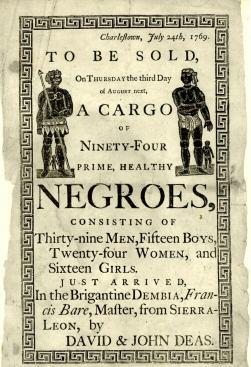 And with that they are gone. Destination: Charleston, SC, a town which for centuries operated as the main dropping point for Africans captured and transported to the United States for sale as slaves.
And with that they are gone. Destination: Charleston, SC, a town which for centuries operated as the main dropping point for Africans captured and transported to the United States for sale as slaves.
Slavery is a reality most of us have a barely working understanding of, and, reciprocally, an even more limited emotional availability to. In Canadian schools, slavery is introduced as an abstract concept, usually tackled shortly after the lesson about the Great Explorations, in which kids learn which European men “discovered” which part of America.
The Trans-Atlantic slave trade, schools teach us, was an economic gimmick, a thing set up by money-hungry people trying to make a buck (or a billion) at a time before there existed laws or conventions that said that all humans were born equal and free. They called this scheme the Triangular Trade.
I remember being asked to write the words “rum,” “manufactured goods,” “molasses,” “raw materials,” and “slaves” on arrows connecting distant dots on a photocopied map showing America, the Atlantic Ocean and Africa. And that was that. Lesson wrapped.
The stories told in Loyalties amount to way more than arrows on a map, regardless of what one could possibly write along them. Our Haligonians arrive in Charleston. At first, things between descendant of slaves and descendant of slave-owners appear civil and pleasant enough. The city is beautiful and welcoming and the South’s luxuriant vegetation and fair weather seem a relief after nippy, grey Halifax.
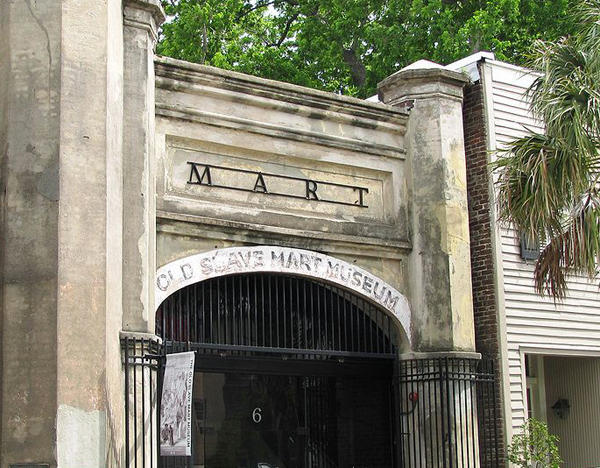
But little by little, as the trip progresses and the sharp disparities between what remains of the women’s respective families surface, tensions between the women swell like sticky Southern heat on a hot stormy day.
It doesn’t help that while these personal histories are being excavated, the local branch of the KKK is on trial for burning black churches – in the present. A few days into the women’s sojourn, the Grand Dragon Horace King, the highest-ranking Klansman in the state of South Carolina, is on the evening news.
“We are coming back. We are strong believers. We are going to take Washington DC away from the [N-words],” he hisses in what turns out to be a disturbingly ironic statement, from a post-2008 perspective.
Ruth and Carmelita’s days are filled with visits to old plantation houses – some that used to belong to Ruth’s family and others that didn’t – crazy ornate mansions, high-steepled churches and posh burial grounds.
At an old plantation house that was transformed into an open-air museum, we meet a middle-aged black woman in period clothes weaving baskets.
“I’ve had a lot of kids aks me if I’m a slave (short laugh). No, I’m not a slave but I’m descended from a slave. It hurt my feeling sometime. But I don’t complain about it.”
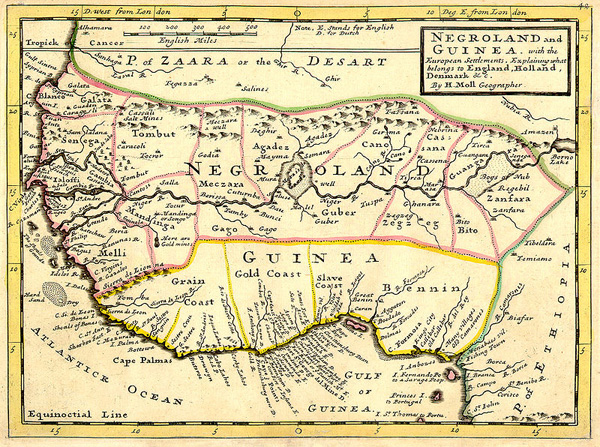
We also visit Sullivan’s Island, where Ruth used to spend her summers as a little girl. Sullivan’s Island, right at the entrance of Charleston Harbor, once was the largest slave port in North America.
It is estimated that nearly half of all African Americans have ancestors who passed through Sullivan’s Island. Today, the island is a breezy paradise of vast, seaside summer homes. Its population, according to Wikipedia, is 98.74% white.
As one would expect, this “spoils of slavery tour” is very upsetting to Carmelita. She wishes Ruth would be more openly critical of her ancestors and relatives, feel a little animosity. After all, wasn’t all they own – the entirety of their privilege – built on the back, blood and bones of slaves? But Ruth, as we might, admits that though it’s “unconscionable to live off people like that,” she nonetheless still “feels affection” for her relatives.
(This reminded me of a young mother who recently told me she loved her toddler son so much she just knew she’d take him in and hide him if he ever came to kill a man. Kinship does that to people. Blood, whatever other blood it spills, remains thicker.)
The discomfort one feels before Loyalties boils down to this: a part of you wants to side with the historical victim, the scarred casualty of the biggest kidnap-and-torture operation of all times, but another part of you can’t help but wonder, is the plump, bespectacled Halifax museum-keeper to blame? Is guilt, like privilege, passed down the generations along with the family heirlooms?
If so, how could one possibly atone?
Toward the end of their stay, Ruth and Carmelita visit a slave cemetery. It is nothing but an open swath of swampland, partially shaded by a sprawling old tree.
“Big difference with where your people were buried, huh?” Carmelita asks Ruth, somewhat harshly.
“I hope no one ever cuts this tree down,” she adds to one in particular as the South Carolina breeze picks up the glimmering leaves above and sends them dancing.
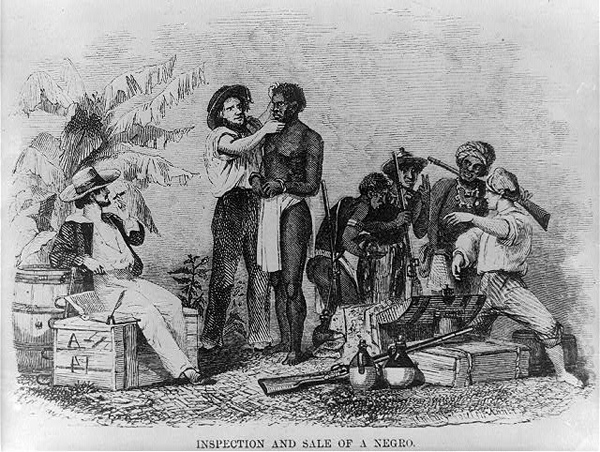
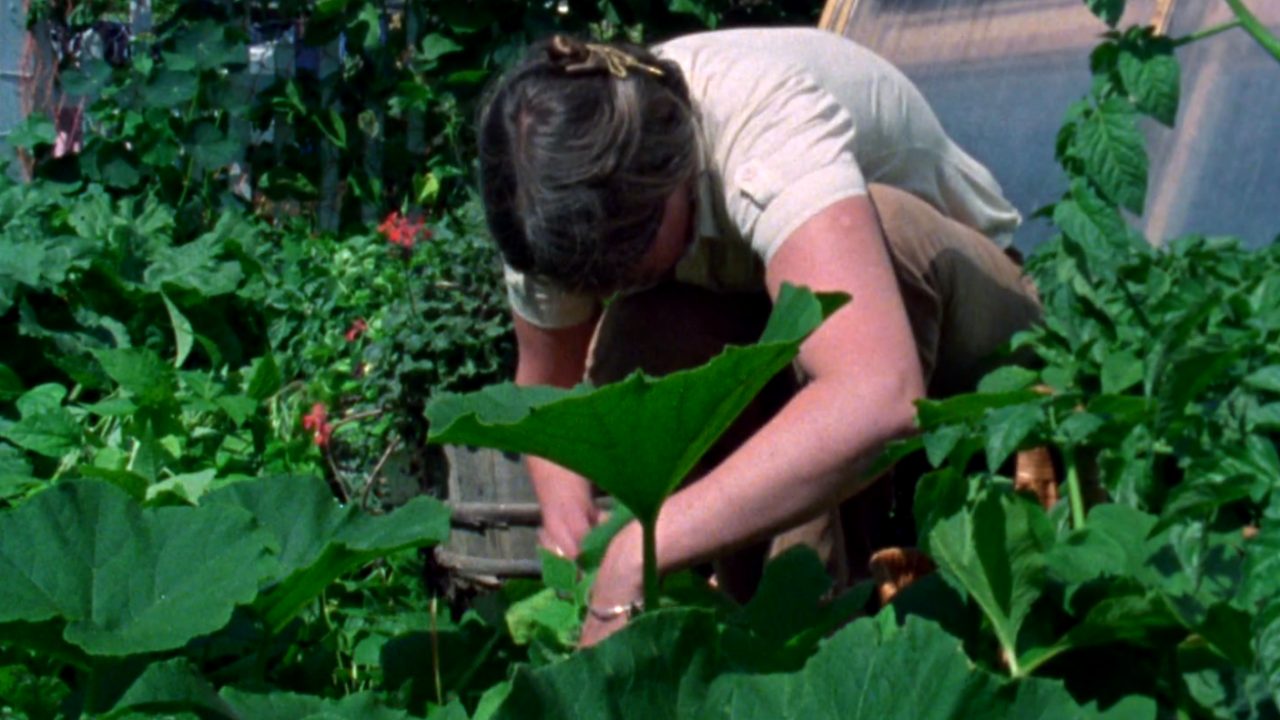


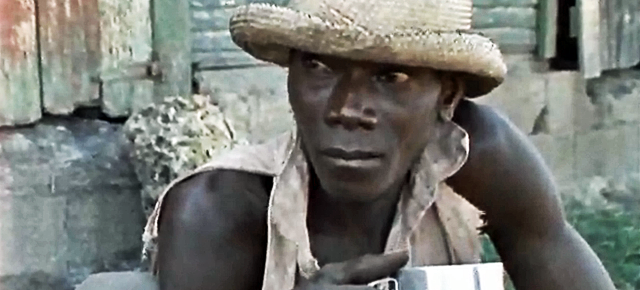
LOYALTIES is available for individual purchase from our film company ZIJI Film & Television. Please contact us directly at: ZIJIfilmbiz@gmail.com
The only listing shown at Filmmaker’s Library at present is a prohibitively expensive access charge. I went to middle and high school with Dr. Whitehead. I want to see this film, which I just discovered existed because we have not been in touch until recently, but I can’t manage that. I’ve just sent an email to ZIJI to ask about the progress in making it available in the US again, as Ms. Patten says above.
Hi there,
This film is available for purchase in Canada: http://www2.nfb.ca/boutique/XXNFBibeCCtpItmDspRte.jsp?a=b&formatid=33709&support=DVD. Unfortunately, the rights in the United States belong to someone else, so we do not have any control over that.
LOYALTIES has been available from Filmmaker’s Library in the USA. My company, ZIJI FILM & Television LTD. which holds the rights in the USA is just in the process of re-negotiating those rights. Please contact me directly if you are interested.
Tamara, thank you for your note. Your own work sounds tantalizingly interesting. I live in a border state and have a personal interest in the histories of the two counties as various of my ancestors settled in both. We learned a bit in public school about the underground railroad and precious little-to-nothing about Canada despite being just across the narrow water! For instance, Imagine my embarrassment when I read a historical placque in Gananoquey, ON, that detailed the behavio(u)r of US troops in the capture of Toronto after the Canadians surrendered with the assurances there’d be no abuse of the populace. Yeah. Right. Ya have to wonder what else we didn’t hear anything about.
The NFB is such a treasure trove; I’ve barely scratched the top layer and every time I come onto the site, find a dozen new things to look at…not enough time in a day, but it’s a great way to gather some unique insights about the real Canada.
And thank you Carolyne for your articles on this blog.
I live in the US and just watched the film minutes ago. There is also no restriction at all from purchasing the DVD and bringing it to the US either directly or through Canadian friends. I know this primarily because I’m a university researcher with a focus on films by and about black Canadian heritages.
All the best with your business and creative ventures! Look forward to seeing your work on the pages perhaps one day!
Hello! I’d like to know when this film was made?
Hi Denise,
The film Loyalties was made in 1999. You will find more information about the film (including credits) here.
Best,
Carolyne
Because I live in the US, I’m unable to either purchase this film or download it for viewing. What a huge disappointment. Next time I’m in Canada, I will try to purchase it there for import home. Is there any prohibition on having a Canadian friend purchase the DVD for me? The subject is profoundly interesting to me because of family history in which my children are Native Americans/First Nations, British (English, Irish, Welsh), native black African slaves/freemen, and Danes. In this eclectic lot of ancestors there are remarkable stories of their various paths to the present, from the underground railroad, the Trail of Tears, and flight to the US from German-annexed portions of Denmark via tramp steamer. There are a raft of film possibilities in documenting these ancestors’ lives and the lives of their descendants today. My own screenwriting and production venture, however, is focused on our first feature film in a fiction trilogy set in Michigan and ‘Manitoba’. My younger son and I are partners in the business.
Hi Naomi,
Thanks for your question and comment. Unfortunately, the US rights for this film have expired, which explains why we cannot sell downloads there. We are, however, in the middle of looking into re-aquiring these rights so there’s a fair chance the situation will evolve in the near-ish future. Should that be the case, I will be sure to let you know.
Best of luck with your filmmaking venture!
Kindest,
Carolyne